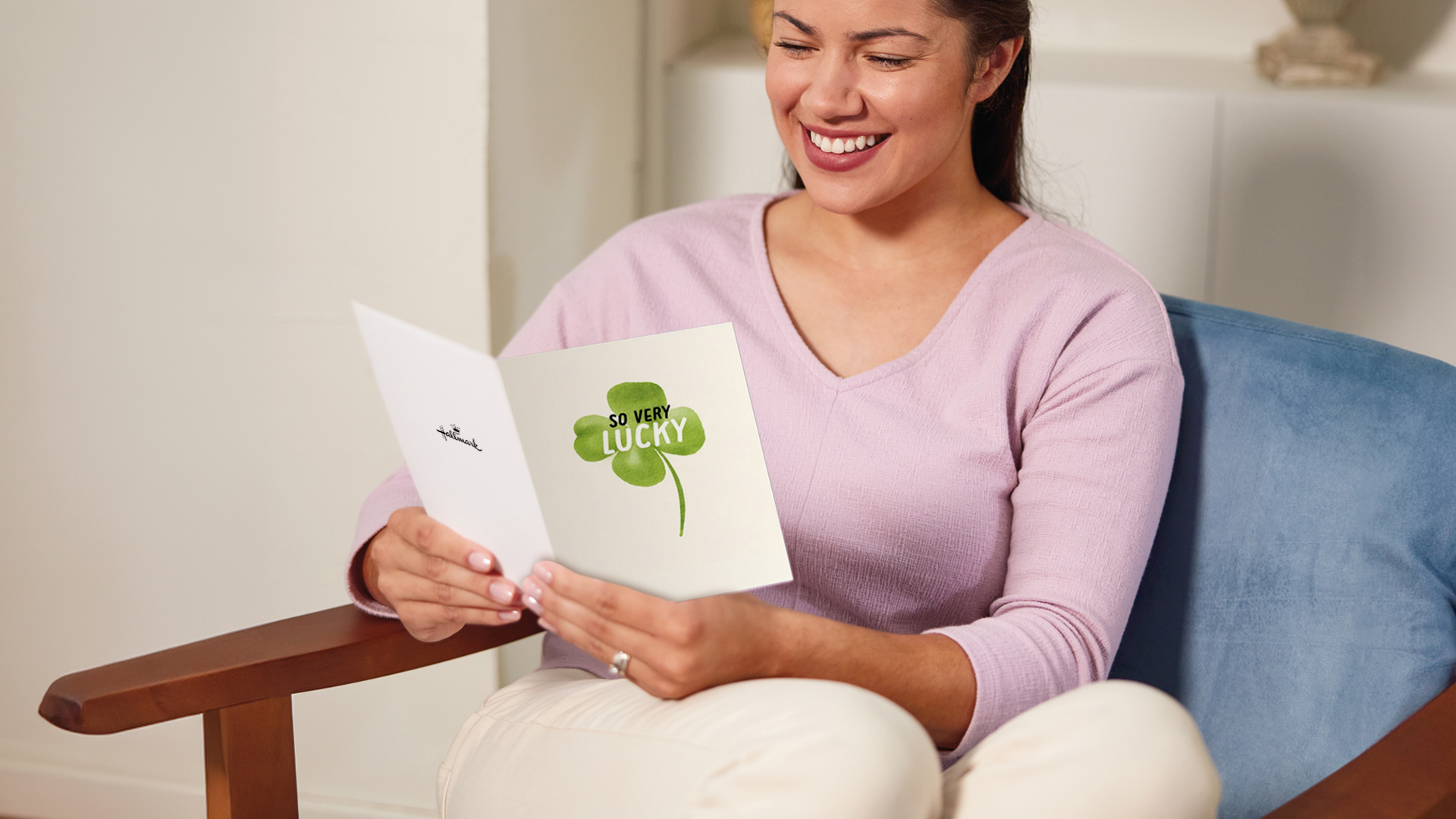Millennials, Mail and Making a Difference

It’s not surprising that Millennials have been an increasing focus for marketers over the past decade. Even by conservative estimates, their generation (currently aged 22 to 37) now outnumbers the large Baby Boomer generation.
With this powerhouse of a generation leading the consumer wave, there have been a plethora of articles about various businesses and products that Millennials have “killed” with their lack of interest. This simplistic view fails to take into account the changing habits of all consumers as technology and lifestyles evolve.
As you read about Millennial habits, keep in mind that many people from earlier generations have evolved similarly in recent years.
So what do we know about Millennial preferences? Here are a few things that may surprise you.
Millennials like receiving mail.
Despite the virtual firehose of information and messaging that Millennials receive through their mobile devices, direct mail is what breaks through the clutter.
Research has shown that 90% of people within the Millennial age group find direct mail reliable, and 87% of them enjoy receiving it.
Nearly half of Millennials say they ignore digital ads, but only 15% of them say they ignore direct mail.
Half of millennials say they ignore digital ads while ony 15 percent say they ignore direct mail.
Perhaps most important, 82% of Millennials trust messaging printed on paper more than they trust digital messaging.
For marketers, this means there is opportunity to use personalized, eye-catching direct mail pieces to increase engagement and impact. Although the tactile nature of direct mail is one of its main advantages, combining direct mail with digital and social media can extend a campaign even further.
Millennials are charitable.
Although they do not have a lot of disposable income, 84% of Millennials give to charitable causes. They feel strongly enough about supporting charitable endeavors that it influences their choice of employer. Technology plays a big role in Millennials’ donations, both in facilitating online giving and helping inspire their charitable giving choices through stories shared on social media.
Companies are taking notice. According to Stacy Bauer, Senior Product Manager of Gift Cards at Hallmark Business Connections, “As we researched Millennials, we realized that a perfect option for our gift card selection was CharityChoice, which allows them to donate to their favorite charity any reward or amount they earned through an employee recognition program or through incentive programs offered by their favorite brands.”
Millennials value a narrative.
Millennials expect transparency and concrete information about the causes they support. When they give, they want to be able to share images and updates on Facebook and Twitter to show that their contributions made a difference and encourage their friends to support the same causes. They are less attached to specific organizations and institutions, and more interested in the impact of their donations on the problem the charity is meant to solve.
What this means to marketers.
Millennials and the Millennial-minded are causing marketers to take a new look at how they approach consumers. After years of emphasis on digital marketing, direct mail is experiencing a renaissance with these consumers who view it as a refreshing change.
Charitable giving has emerged as a way for businesses and brands to build connections with their audiences—as long as it’s done carefully, thoughtfully and transparently.
Millennials will be the dominant economic force for a long time to come, so it’s wise for marketers to learn how they stand to change the way businesses interact with their customers.
In this Article
Similar Articles




